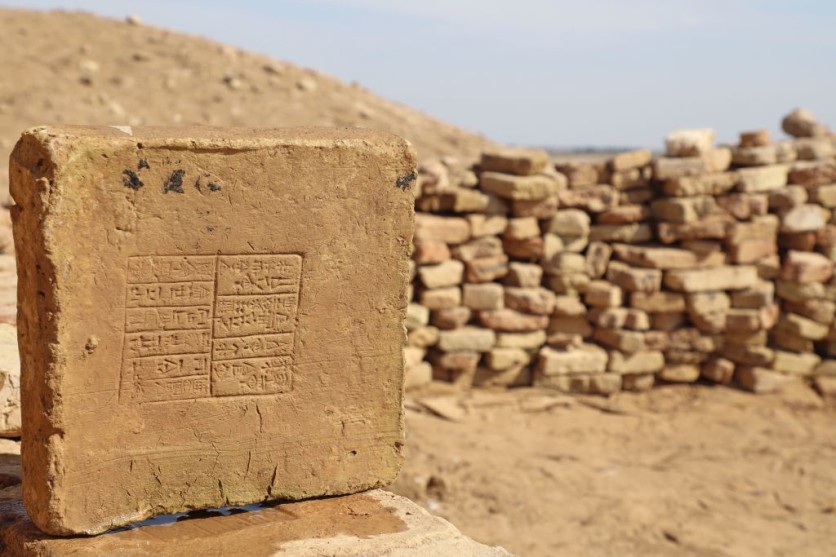Archaeologists may have made a discovery that could rewrite the history of construction plans. In Jordan and Saudi Arabia, engraved stones have been found depicting ancient "desert kites," which are colossal traps used for hunting wild animals.
These engravings believed to hail from 9,000 years ago for the oldest, may just be the earliest realistic plans ever discovered. Their remarkable precision sets them apart, portraying massive neighboring stone structures from the Neolithic era.

Desert Kites
The accuracy and detail suggest an impressive understanding of spatial perception for that early period, shedding new light on how ancient communities perceived space, communicated and engaged in communal activities.
Throughout history, humans have used various means to create mental representations of their surroundings, such as sculpting, painting, and engraving.
Designing plans and maps, which involve translating three-dimensional spaces into two-dimensional images, was a significant milestone in abstract thinking and representation.
However, there is limited evidence of such plans or maps predating the literate civilizations of Mesopotamia and Ancient Egypt.
Archaeological research has mainly uncovered a few architectural plans and miniature models from that period, leaving the construction methods and conceptualization of structures in prehistoric times largely unknown.
The discovery of these engraved stones depicting "desert kites" offers crucial insights into the conception and perception of these massive stone traps used for hunting during a time when mapping techniques did not exist.
These engravings, characterized by their extraordinary precision, reveal the advanced mental abilities of the creators and users of the kites.
The intricate design of these structures can only be fully grasped from an aerial perspective or by someone intimately familiar with their construction.
The two engravings were found in southeastern Jordan and northern Saudi Arabia, with the oldest dating back 9,000 years. These regions are home to numerous desert kites, and the engravings offer planimetric reproductions of the structures.
Archaeological Mega-Traps
The engravings in these archaeological mega-traps reveal unprecedented detail, making them the earliest known scaled representations for planning and measurement.
These engravings highlight the challenges in creating and maintaining these structures, emphasizing their significance in Neolithic societies and the need for communication among collective hunters.
The findings also raise questions about construction techniques, human-animal relationships, and the evolution of subsistence practices. The kite walls were assembled with irregular stones, while the system's layout required previously unknown sophisticated approaches.
The ability to plan and design such structures demonstrates an advanced understanding of space and a significant cognitive leap in human development.
The engraved stones challenge our understanding of space and representation, showcasing early humans' remarkable cognitive development in translating 3D space to 2D surfaces.
Archaeologists are unraveling the mysteries of our ancestors' mental landscapes and their ability to conceptualize and communicate complex spatial information by uncovering these early examples of accurate cartographic representations.
The findings were published in PLOS ONE.
Related Article : Archaeologists Reveal a Dark, Tragic Tale in Australia's Batavia Maritime Disaster

ⓒ 2025 TECHTIMES.com All rights reserved. Do not reproduce without permission.




